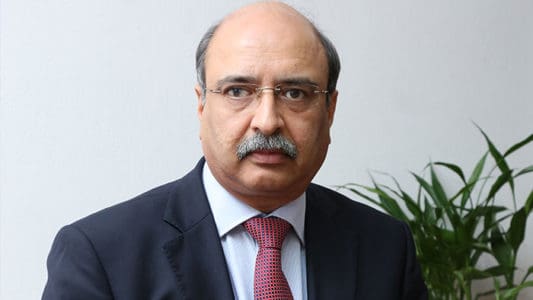
Of late, Infosys founder NR Narayana Murthy’s displeasure over the salary hike of its COO became the talk-of-the-town, but generally a fat paycheck and good salary hike is always a ‘wow moment’ for any employee which every Tom, Dick and Harry yearn for and that also motivates one to cover those extra miles .
The new financial year always ushers in with those appraisal jitters, evolved strategies, new goals, and new KPIs, not only for employees–but for organisations too. This is also when organisations cogitate to realign themselves and brace up to face market realities. The course correction and impediments are streamlined and in conjunction with that most of the organisations also revamp their compensation strategies and new performance measurement system with newer metrics.
The IT/ITeS industry was one of the leading sectors in offering annual compensation and reward programs, but the current volatile market environment, multiple growth challenges, margin decline, productivity issues, digital wave and increased cost structures have opened a new chapter in the book of employee compensation and reward management manual for these organisations.
It was only post Lehman Brothers crisis that the IT/ITes sector saw the nadir and received the lowest increments. However, owing to the above mentioned factors, this appraisal season hardly brought any cheers to the sector. In a report, Aon Hewitt said: “the appraisal season (this time) will see employees getting an average increment of 9.5%, the lowest since they received a 6.6% increase in 2009, in the aftermath of the global financial crisis sparked by the collapse of Lehman Brothers Holdings Inc.”
A recent KPMG’s annual compensation survey also added that the average compensation increment is projected to be 9.8% in 2017-18, which is very close to the overall annual average increment of 9.7% in India. Although, it’s close to the industry average, its 90 basis points lesser compared to last year actual increment.
With these not so high monetary benefits–organisations are aiming at creating more efficient strategies to improve the engagement levels and to transform their workforce, which may assist them to be agile and more attuned to the external changing norms.
They are working on transforming their people strategy and HR function in order to align with the organisation growth and profitability drives.

Source: KPMG Annual Compensation Survey 2017-18
Coping up with the changing times is the biggest challenge today and so; many of the organisations are looking at change management spanning across various segments–especially around human resources strategies with evolved performance management systems.
The organisations are looking at initiatives like gamification, talent analytics, predictive workforce, Digital HR to draw the attention of the employees and management. These initiatives are prevalent today in many organisations and they are considered critical for the transformation of their organisation. Revamping of Performance Management System (PMS), Digital HR, predictive analytics for talent, automation, and gamification are some of the critical initiatives started by various organisations.
In the KPMG survey, performance management systems and Digital HR were mentioned as critical by at least 54% and 48% respondents, respectively, while only 46% and 33% of the organisations were prepared to implement these changes to transform their workforce.
These denote it is high time to get rid of traditional HR rituals and look forward to greater employee engagement and high performance. Gone are the days when employees’ work used to get evaluated, followed by training and promotion, in fact today, employees also look forward to a thriving career.
A Deloitte survey said that “more than half the executives believe that their current performance management approach drives neither employee engagement nor high performance. They, and we, are in need of something nimbler, real-time, and more individualized—something squarely focused on fueling performance in the future rather than assessing it in the past.”
So, reading between the lines– if you feel that you are challenged with new realities of the market, then, just saddle onto workforce transformation strategies and if it’s no, then be proactive and prepare yourself to align with the business transformation in your respective sector.













